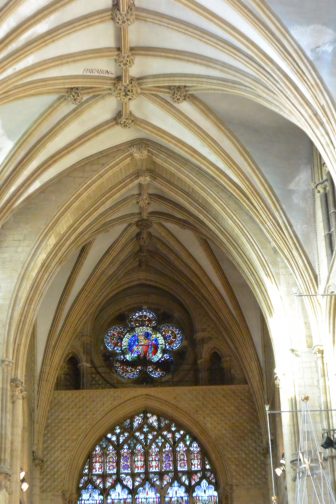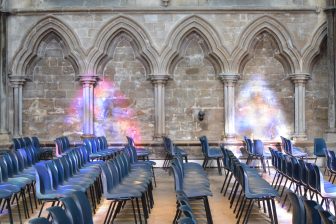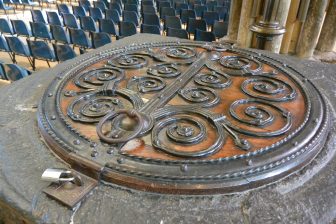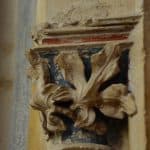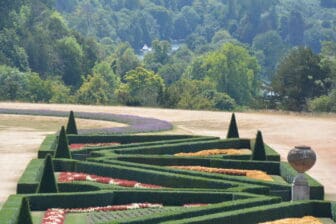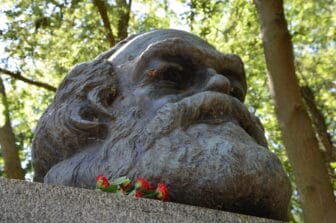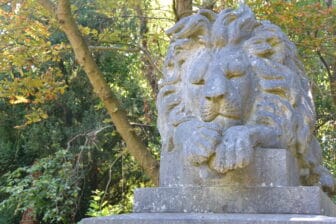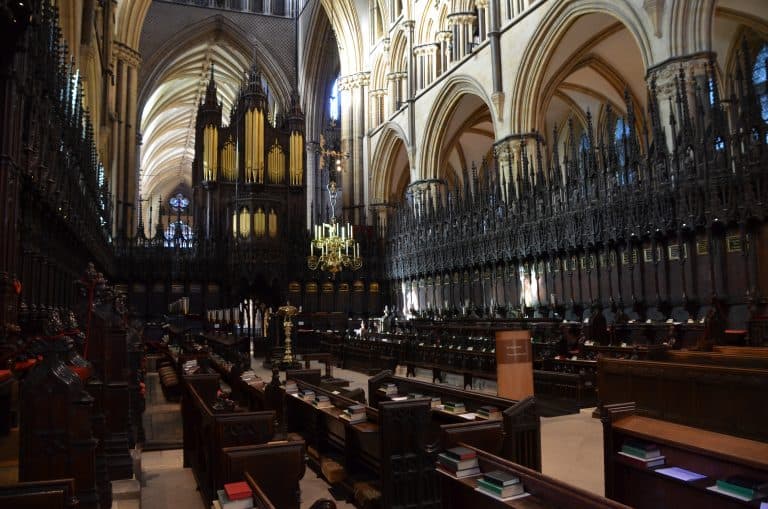
[ Nov.2018 ] The main attraction in Lincoln, the city in the middle of England, is the Cathedral.
However, we could not see it properly the first time because of the Remembrance Day event but finally, on the last day, we visited there.
The combined ticket with the visit to the castle cost as much as £17.20, but that included the guided tour of the Cathedral.
An elderly lady was our guide and she took us and other visitors around.
First, she told us about the history.
After the Norman Conquest in 1066, William the Conqueror started reorganising the dioceses and started building cathedrals in the 1070s.
They started building this cathedral in 1072 and it would have cost about £5 million in today’s money.
After being built, in 1185, some parts were destroyed because of the earthquake.
Our guide said “The records show that only the Cathedral and the Bishop’s Palace were damaged. So it could be that because of the huge noise from the buildings falling down, people thought it was an earthquake”.
In 1186, a monk was selected for the new bishop and he was the one who became St. Hugh later.
He started to organise the restoration work in 1192 and the work lasted until about 1245, after his death.
It started from the eastern side of the building and originally they were planning to change the western side wall in the end.
But they realised that they did not have enough money for that, so they left the west wall as it was.
The guide said “The Cathedral has been so familiar to me since I was young, but I did not know that part until I became a guide” and pointed out one part of the upper part of the wall, where the lines were not matching up properly between the original western wall and the newly made building.
No one would notice that unless someone tells you.
For the restoration work, the funds were raised by the local people and a poor man called Swineherd of Stow gave up all his savings for that.
Although the amount he gave was small, St. Hugh praised his action and his statue was placed in the Cathedral.
When we were there, there were a great many plastic chairs in the nave because of Remembrance Day the day before, but usually there are no chairs in the nave apparently.
The walls on the both sides have benches for old or disabled people.
That reminded me of Orthodox churches.
The font near the entrance is made of black marble from Tournai in Belgium.
A long time ago, the holy water was sometimes stolen, so there is a lid with a lock.
The same water was used again and again for the baptisms.
They changed the water only twice a year.
The guide said “This font is still used, but don’t worry, the water is changed every time now”.
This church is mainly made of local lime stone and the colour is natural, but originally it was colourful.
There were some parts which the guide pointed out that had a little bit of colour left.
The oldest part after the restoration is “St. Hugh’s Choir”.
It was magnificent.
St. Hugh protected Jewish people who were prosecuted in those days and they say that one time, he stood in front of a group of Jewish people and said “If you want to kill them, kill me 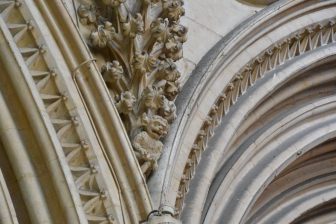
He is also known as an animal lover and he is often depicted with a swan.
Taking a closer look, both inside and outside of the Cathedral, there are many funny sculptures.
One of them is an imp.
This imp came into the church and tried to play some tricks, but he failed to do that and instead, the angels made him into a stone statue.
This experienced guide seemed to be able to talk 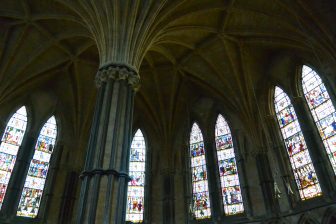
She could not cover the cloister and the Chapter House, so we went there on our own.
The Chapter House is a decagon building built in the 13th century as a meeting place for the priests.

